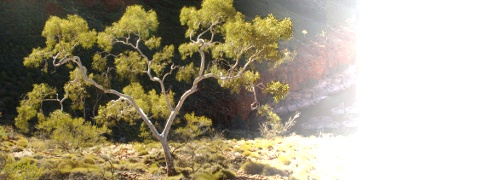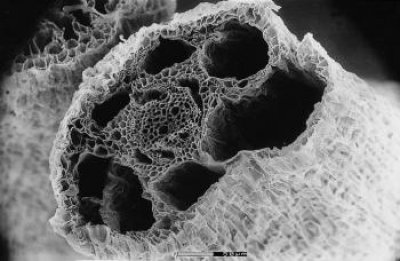Internal O2 transport from shoots to roots is essential to survival and functioning of roots in anoxic, waterlogged soils. Long-distance O2 transport through the body of plants occurs via large intercellular gas-filled spaces, termed lacunae or aerenchyma (Figure 18.8).
Movement of gases within root aerenchyma occurs via diffusion, but as will be explained below gas movements can also occur via pressure-driven mass flows in the shoots and rhizomes of some wetland species under certain conditions. When shoots are in air, atmospheric O2 enters and then diffuses into and along roots. When shoots are completely submerged, tissue O2 status will change markedly between light (i.e. O2 produced in photosynthesis during the day) and dark (i.e. night) periods. In summary, aerenchyma provides a rapid gas exchange pathway between the atmosphere and below-ground tissues, essential for survival in flooded environments.

